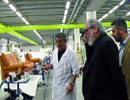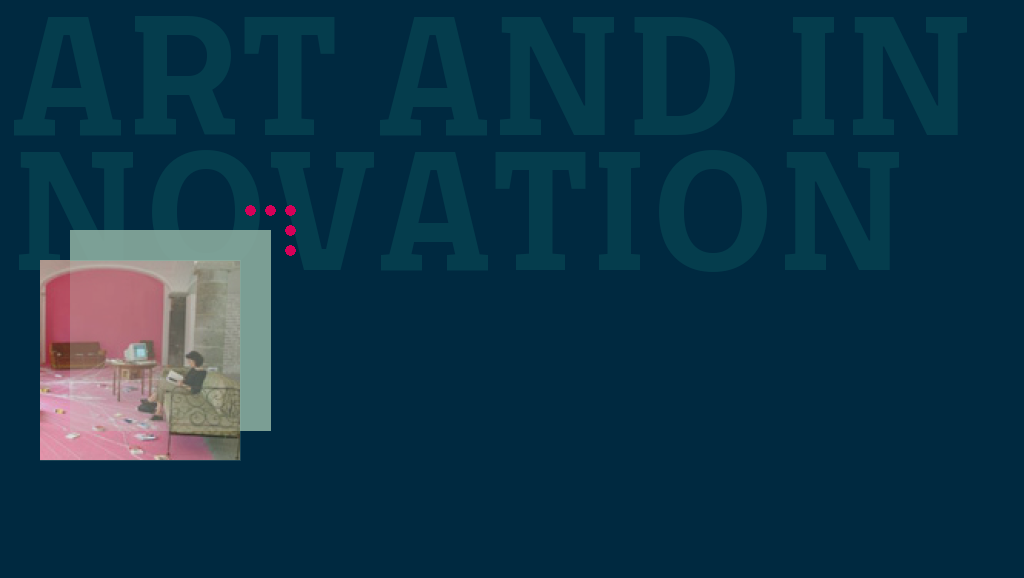This is the first of a series of reviews that Valentina Porcellana will present on the anthropology of art as innovation. Many aspects of artistic practice are linked to the anthropological dimension of innovation. Here, she highlights the relationship between the social responsibility of art and community enterprise, as well as on the many possible interactions between an innovative artistic practice and an innovative entrepreneurial practice.
Cristina Grasseni
ANTHROPOLOGY, ART AND SOCIAL RESPONSIBILITY
— by Valentina Porcellana —
Art has often maintained strong relationships with power, which has used it to glorify or strengthen itself; but there is a kind of art that has chosen to leave the hallways, galleries and museums, to become public. This means not only a public place of fruition, but an opening to a social dimension. If art has become public, the artist is invested with a new and more complex responsibility. She is meant to keep a dialogue with the community in which she is active, to mediate between places, audience, investors, in a midst of processes of social transformation. In the complex dynamics of contemporary society, anthropology can meet public art and dialogue with it, developing common methods.
In this post and the following ones I wish to define some contact areas between responsible art and anthropology by reviewing exhibitions, events and interdisciplinary publications.
To begin with, I wish to report about the project Cittadellarte which artist Michelangelo Pistoletto has carried out in Biella at his Foundation. Art is responsible ofsocial change because it is directly involved in the complex dynamics of modernity. One example is the collaboration between Cittadellarte and the Club of the Italian Industrial Districts.
CITTADELLARTE – FONDAZIONE PISTOLETTO

Michelangelo Pistoletto
1. Art’s Social Responsibility
Cittadellarte – Fondazione Pistoletto (http://www.cittadellarte.it) was born in 1996 after Michelangelo Pistoletto proposed to invest art and the artist of a new role, that of a direct and responsible participation in social dynamics. Pistoletto maintains that art must get involved with common aesthetics and ethics, finding a harmonious ricomposition of all elements that compose the social structure.
Responsible art must “highlight the contrast between technological progress and old dogmatic systems, offering a new way of seeing. Art is the primary expression of human creativity and hence constant reference of every cultural, economic and social activity”.
The artist cannot therefore only take care of the object, of the artistic product, but must actively participate, with the help of her sensibility, to the construction of the system of which she is part. Arts’ self-referentiality must be superseded by active participation in the system with which to interact in order to promote change.
Again Pistoletto: “Art must introduce perceptive sensibility in all systems – whether systems of production, organisation or politics – in order to “compose” the different parts that are harmonious elements of the civic concert. If this sensibility is missing, it’s the whole organism to perish”.
The artist must therefore bring art outside of the places that have been assigned to it by tradition: outside the galleries and museums to enter any possible space of social life, with the objective of bettering its functioning.
Michelangelo Pistoletto was the first to experiment his own theory which he describes as leaving art’s precincts to enter life: “After transforming painting – i.e. the metaphorical mirror – in a mirror-surface in 1961, artistic images have become objective and eventered life. The painting has left its frame, the statue its pedestal. Since then my work, which is an aesthetic act, has begun to penetrate the spaces of life itself. It is not a multimedia exercise that finishes after time, but a 360 degree perspective open to becoming and development”.
This opening characterises Cittadellarte, in its ambivalence: it is an “enclosed space in which artistic projects take place” and it’s the city of art, “a metaphor for a dynamic opening towards the external reality”.
Cittadellarte wishes to interact with every quarter of the social system, from economics to politics, from science to production, from education to behaviour, in order to responsibly transform it.
That’s why Cittadellarte is divided up in offices: art, politics, economics, education, communication, production, religion, work; more are being built about science, philosophy, ecology, food, rights, sport, etc.
2. Art and Enterprise

Arte e Impresa: tour nei distretti industriali italiani
On Febrary 22nd 2002 Cittadellarte-Fondazione Pistoletto hosted at Biella the annual meeting of the Club dei Distretti Industriali Italiani (www.clubdistretti.it). The result was a Manifesto of Art and Enterprise: “Cittadellarte meets the Club dei Distretti Industriali in order to confer cultural carisma to the project of the Italian Districts and their producers. This is an economic and cultural project which aims to profile as highly as possible the cultural significance of Italian industries.
Every entrepreneur can participate by simply recognising the symbolic value of her own activity, which corresponds to the social wealth expressed by productive, economic, political and cultural activity which includes the values of spirituality, ethics and aesthetics of Italy. Adhering to this creative idea means understanding that every Italian enterprise has a cultural mission that is more important than monetary gain.
With this Manifesto we wish to base strategies of the Enterprise Italy on the endemic wealth of this country which stems from values such as that of Renaissance, at the origins of Western modern history.
Italy possess the essential elements to recompose ideals and activity in a moment in which a new renaissance is needed. The productive and artistic forces in Italy have in their genes the characteristics of multiplicity, multiformity and difference, values from the past that must be safeguarded and projected into the future, like the monuments that make the biggest wealth of this country. These ancient ambitions must be converted into a new common effort to make new history. The artist-entrepreneur is the carrier of a moral factor that contributes to the economic calculus in the mission of the Italian Districts. To sum up, the manifesto says: the Italian enterprise is a cultural mission“.
The project wishes to enhance the cultural message of the districts, which are in turn the result of the artisanal culture and of the creativity of the different Italian social realities.
The Club dei Distretti has engaged in collaboration with Cittadellarte, to organize meetings dedicated to creative entrepreneurs, project designers and advertisers to promote responsible production in industry and communication and to redefine the identity of the Impresa Italia.
















